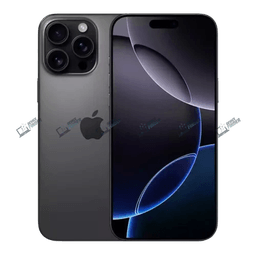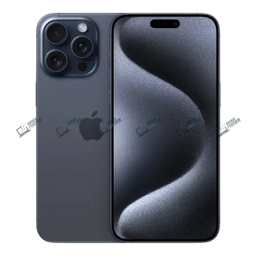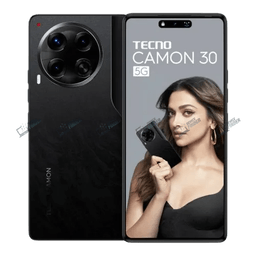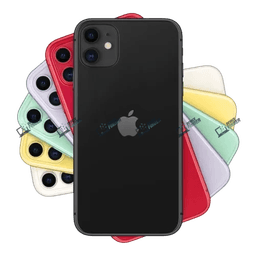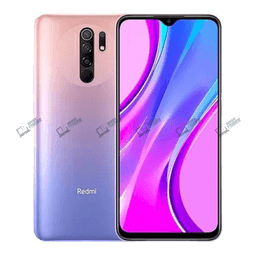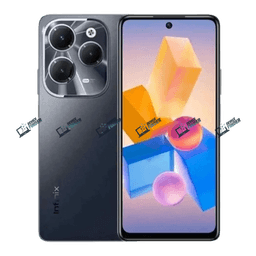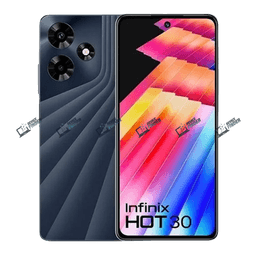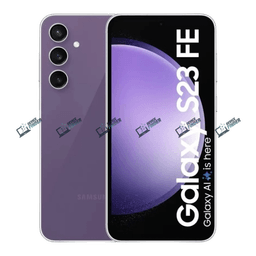Future of OLED in Smartphones
Bangladeshi users of smartphones can look forward to even more innovative features with the future OLED technology.
MicroLED is a major advancement that may replace OLED for flagship smartphones. MicroLED is more efficient, brighter, longer lasting, and less prone to burn-in. It's expensive, and only available in premium models.
It is also possible to find rollable displays in phones with concept designs from LG or Motorola . These devices offer a similar flexibility but in a smaller design.
Many brands are also working to integrate cameras under the display into OLED panels. It is possible to have a display that has no bezels, such as the experimental displays from Samsung and ZTE .
FAQs
What is the difference between OLED and AMOLED Display?
A: AMOLED, a type OLED, is an OLED that has an active matrix. All AMOLEDs and OLEDs have the same performance, but they are not identical.
Will OLED screens burn out?
A: A modern OLED includes software optimizations that reduce burn-in. This is especially true in models such as the Samsung Galaxy A Series.
Does OLED harm the eyes?
A: Yes. The OLEDs emit less Blue Light, and most displays are certified by TUV Rheinland to protect the eyes.
Is OLED more expensive than LCD?
A: Yes. Due to the complexity of manufacturing. But mid-range smartphones like Redmi note 13 offers OLED for lower prices.
What Bangladeshi brands of phones offer OLED for less than 30K?
A: Infinix Zero 30 (4G) and Vivo (Y200e), offer AMOLED/OLED screens under Rs30,000 on the Bangladeshi Market.

